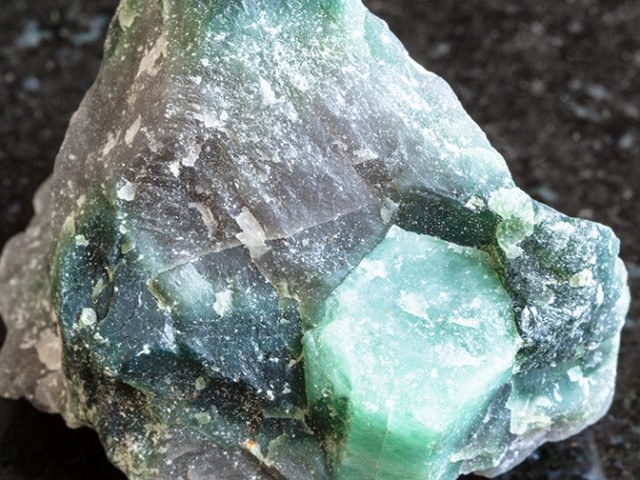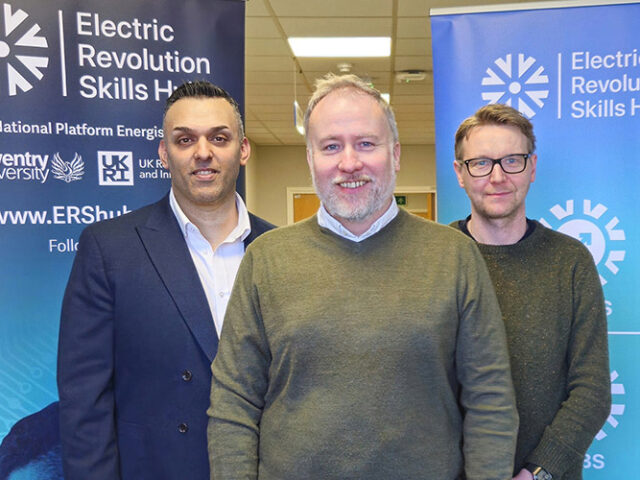Theoretical calculations indicate that under certain conditions silicon can endow solar cells with a much higher efficiency. Small silicon clusters may provide a source of accordingly modified silicon. However, to date these clusters have not been accessible in soluble form, a prerequisite for flexible processing. Researchers at the Technical University of Munich (TUM) have now discovered a simple synthesis approach.
Today, the best silicon solar cells in the world have an efficiency of 24 percent. The theoretical limit is around 29 percent. “This is because silicon normally crystallizes in a diamond structure which provides only an indirect band gap,” explains Thomas Fässler, Professor of Inorganic Chemistry with Focus on New Materials at the Technical University of Munich.
Researchers thus dream of materials in which silicon atoms are arranged in a manner that creates a direct band gap that they can exploit for solar energy production. The scientists view these small silicon clusters as model compounds for this purpose because the atoms can be arranged differently than in crystalline silicon.
“These kinds of compounds are also interesting for a variety of other chemical experiments,” says Professor Fässler. “Using only a few synthesis steps we can now join four and nine silicon atoms into tetrahedrons or near-spherical structures. However, in the past, the synthesis and isolation of the atomic clusters was very laborious. Now, we have taken a significant step forward.”
A cluster of nine silicon atoms
Fusing potassium and silicon results in a compound with 12 potassium and 17 silicon atoms, a gray powder. First author Lorenz Schiegerl managed to stabilize the soluble, nine-atom clusters in liquid ammonia using a clever trick: He added an organic molecule to the ammonia that encapsulates the potassium atoms.
Source: “New synthesis approach for soluble silicon clusters”, Technical University of Munich




